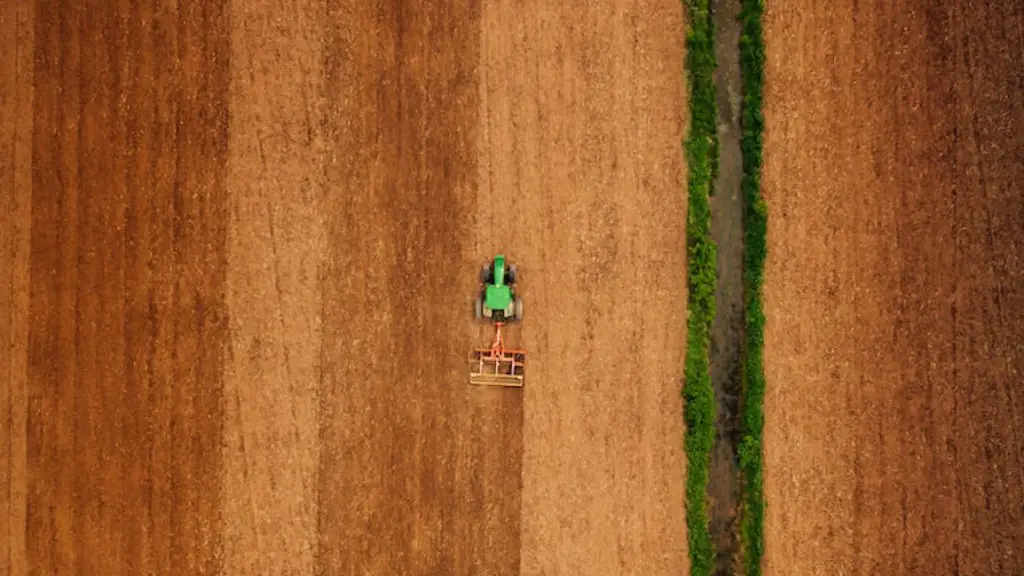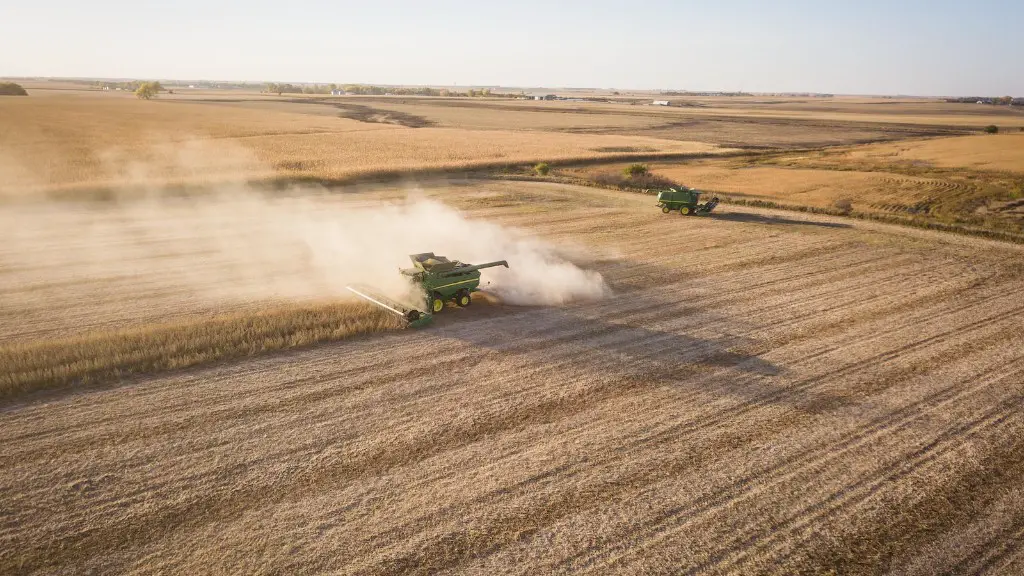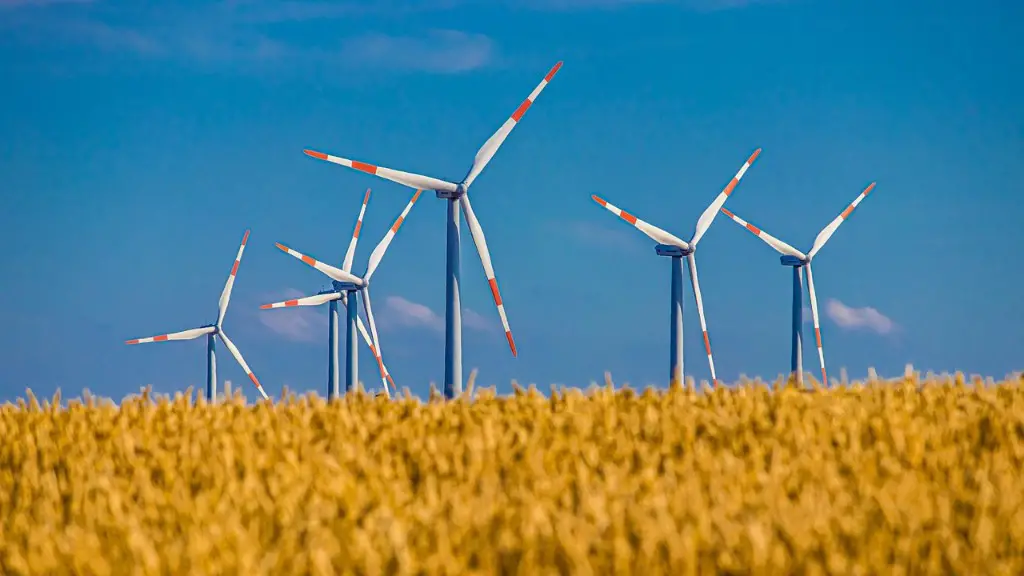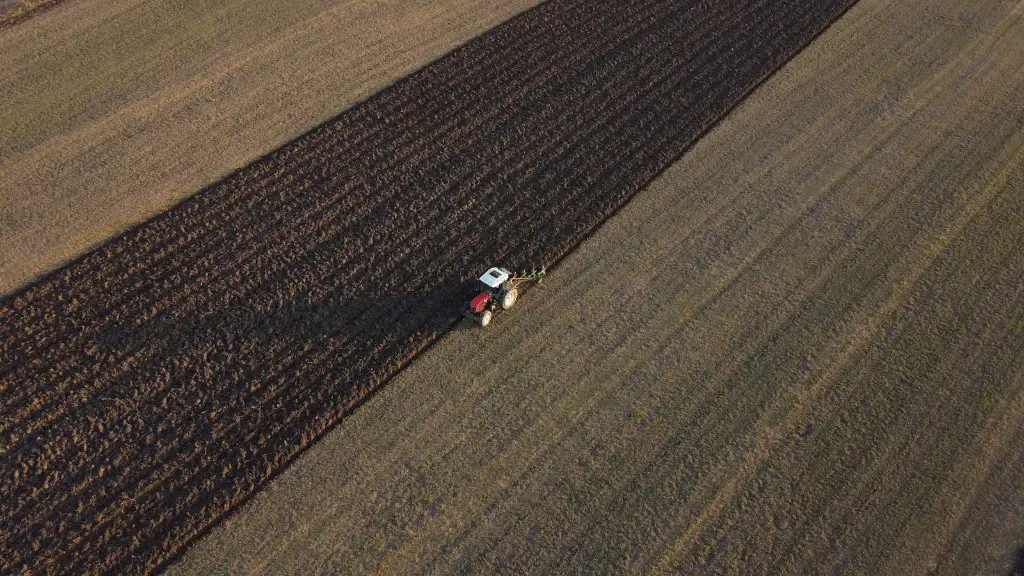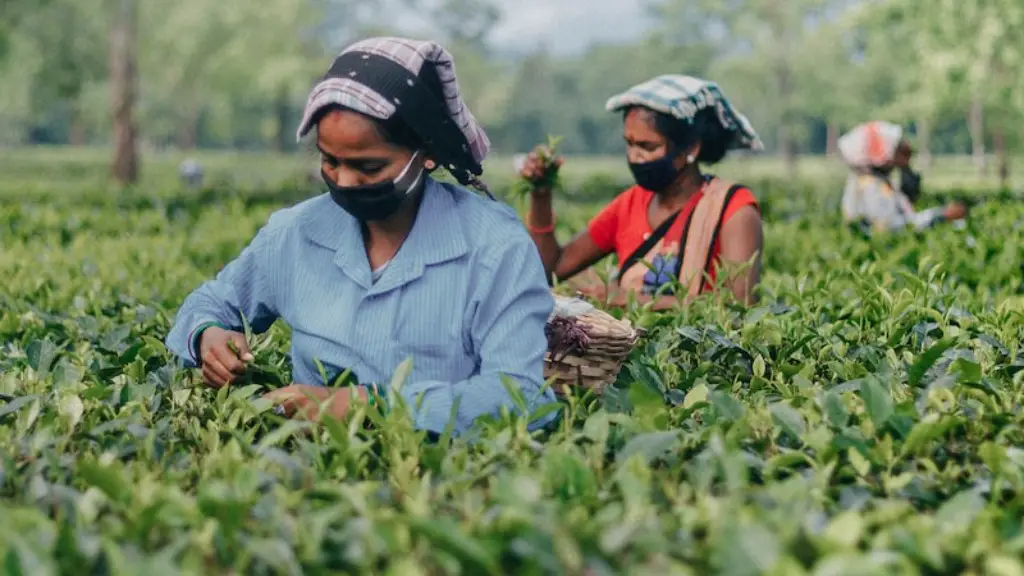What is commercial agriculture? It is the production of crops or livestock on a large scale, with the aim of making a profit. It involves the use of modern technologies and methods which can maximize crop yield while minimizing costs. Commercial agriculture is typically carried out by corporations or individuals who are trying to make a profit by producing and selling a commodity or consumer products.
A wide range of crops and livestock can be grown commercially, from wheat and other grains to fruits, vegetables and livestock such as cattle, pork and poultry. Commercial farming might involve raising crops in greenhouses and using hydroponic and other soil-less growing methods, or raising animals in large industrial operations. Commercial agriculture is often responsible for major innovations in agricultural technology, such as the development of hybrid plants, improved fertilizers and better growth methods.
The production of crops and livestock for commercial purposes requires well-organized agricultural operations for successful farming. This includes the acquisition of land, the building of infrastructure, the storage and production of inputs such as seed and fertilizer, the controlling of pests and diseases, the purchasing of seedlings, equipment and livestock, and finally, the marketing and selling of the produce.
It is no surprise that commercial agriculture has had environmental consequences. Intensive practices, such as chemical fertilizers and pesticides, can lead to soil degradation, water pollution and decreased biodiversity. The practices used in commercial agriculture also require large inputs of capital, labor, and energy and are often criticized for their lack of sustainability. Furthermore, these intensive farming practices often favor large agribusinesses, leading to a decrease in family farms.
Commercial agriculture requires a large amount of money and resources, as well as experience and expertise. For example, a farmer may need tractors, equipment, labor and access to credit in order to be successful. It is important for those looking to start a career in commercial agriculture to be familiar with the industry, understand the market and the risks associated with their investment.
Despite the challenges and consequences associated with commercial agriculture, the sector has provided much of the world’s food supply for centuries and continues to feed billions of people. Consequently, it is important to develop and implement farming practices that are sustainable and benefit both the environment and society.
Livestock In Commercial Agriculture
Livestock is an essential component of successful commercial agriculture. A range of animals such as cattle, pigs, sheep and chickens can be raised on large farms, with the aim of producing meat, dairy products, eggs and wool. Livestock farming may take place in a number of ways, such as traditional pasture-based farming, intensive farming or organic farming.
Pastured farming involves rotating animals through different fields of grass on the farm. This not only provides the animals with food but also helps to reduce erosion and keeps a healthy balance of soil nutrients. Intensive livestock farming uses more land to produce more animals and is more efficient, but it may also cause more environmental damage and is more prone to disease outbreaks.
Organic livestock farming is becoming increasingly popular and requires animals to be fed organic feed,e.g. crops that are grown without the use of synthetic fertilizers and pesticides. Organic farming is seen as more sustainable, healthier and better for the environment, but it can be more expensive and labor-intensive.
Regardless of the farming methods used, the end products of commercial livestock production are the same. Meat and dairy products are sold either directly or at a processing plant. They may then be further processed and sold in stores or restaurants. Eggs are mostly sold directly to consumers and wool is either used or sold to spinning mills to be processed into yarn.
Unsustainable livestock production results in soil and water degradation, air pollution, and climate change. To reduce these environmental impacts, producers must strive to improve efficiency, sustainability, and ethical standards. This includes providing animals with good quality feed, easing overcrowding, providing comfortable bedding, and adhering to humane animal welfare regulations.
Marketing and Selling In Commercial Agriculture
Marketing and selling are critical components of successful commercial agriculture production, as they determine the success of the operation’s financial return. Produce can be sold directly to consumers, or to wholesale buyers or processors. Wholesale buyers may require farmers to follow specific food safety and quality protocols, while direct sales to consumers require farmers to establish a good customer relationship.
It is important for farm owners to be aware of their local market, customer preferences and current trends. Developing and maintaining customer relationships is essential for success. Producers should focus on customer satisfaction, by ensuring the quality of their produce, offering reliable delivery and providing customer support. Additionally, farmers should be prepared to explain the benefits of their products and develop sustainable strategies for packaging and transport.
In recent years, the internet has become a powerful tool for marketing, as customers can find farms selling their products and make orders online. Thus, farmers must have effective online presence, with a website and active social media accounts. They should also develop online customer reviews, which can help promote their products and attract new customers. Additionally, farmers should take advantage of digital marketing, such as web and email marketing, to promote their products.
The success of commercial agriculture operations depends on the ability of farmers to create a market for their produce and to satisfy the needs of their customers. To do this, farmers must be familiar with the market, knowledgeable about their production and marketing strategies, and willing to develop relationships with customers.
Environmental Effects Of Commercial Agriculture
The environmental effects of commercial agriculture have been a subject of much debate. On one hand, large-scale commercial agriculture can have negative impacts on the environment, due to its intensive use of inputs such as fertilizers, pesticides, and water. On the other hand, commercial agriculture has helped to feed billions of people by providing them with a reliable source of food.
The effect of commercial agriculture on the environment depends on the particular production system used. Intensive farming is associated with a range of environmental harms, including soil erosion, water pollution, and decreased biodiversity. These harms can be reduced by implementing sustainable farming practices such as crop rotation, use of organic fertilizers, and conservation tillage.
In addition to environmental harms, commercial agriculture can lead to social issues, such as decreased wages and employment opportunities for agricultural workers, and the displacement of small-scale farmers. These issues can be addressed through better labor rights and regulations, as well as policies which seek to protect small-scale farmers.
Overall, commercial agriculture has had both positive and negative impacts on the environment and society. Thus, it is important to find ways to reduce the deforestation, soil degradation, water pollution, and other environmental risks associated with commercial agriculture while maximizing its many benefits.
Innovations In Commercial Agriculture
Commercial agriculture has been at the forefront of agricultural innovation for centuries. This includes the development of hybrid crops, modified seeds, agricultural chemicals, and machinery. More recently, advances in technology have enabled commercial farmers to use GPS, remote sensing, and automation to increase efficiency, reduce labor costs, and improve the sustainability of their farms.
Computerized agricultural systems, such as precision agriculture, allow farmers to use technology to increase production. Precision agriculture uses satellites to provide detailed images of soil and crop health, enabling farmers to make data-driven decisions about planting, soil management, and pest control. Farmers can also use robots to automate planting, weeding and other tasks. Additionally, automated irrigation systems can reduce water usage and make water management more efficient.
Genetic engineering is another key innovation in commercial agriculture, enabling farmers to select for desirable traits in crops and livestock. For example, genetically modified crops can resist pests and tolerate harsh weather conditions, while livestock can be selectively bred for disease resistance and improved productivity.
Finally, technological advances in post-harvest technology allow farmers to store and transport their produce in a safe and efficient manner. Controlled storage, refrigeration, and improved packaging and transportation methods can reduce losses and extend the shelf life of produce.
Commercial agriculture has been greatly improved by advancements in technology, enabling farmers to increase production, reduce waste and improve sustainability. These innovations have revolutionized farming, enabling it to supply the world with an abundant and safe food supply.

